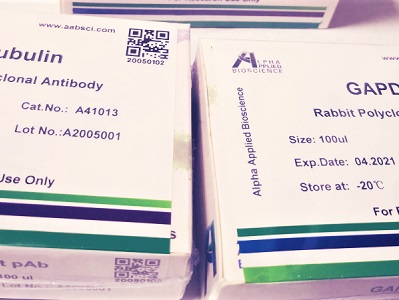

KIR3.1 (phospho Ser185) rabbit pAb
Cat :A16725
-
Source
Rabbit
-
Applications
WB,IHC,IF,ELISA
-
Reactivity
Human,Mouse,Rat,Monkey
-
Dilution
WB: 1:500 - 1:2000. IHC: 1:100 - 1:300. IF: 1:200 - 1:1000. ELISA: 1:20000. Not yet tested in other applications.
-
Storage
-20°C/1 year
-
Specificity
Phospho-KIR3.1 (S185) Polyclonal Antibody detects endogenous levels of KIR3.1 protein only when phosphorylated at S185.
-
Source/Purification
The antibody was affinity-purified from rabbit antiserum by affinity-chromatography using epitope-specific immunogen.
-
Immunogen
The antiserum was produced against synthesized peptide derived from human GIRK1/KIR3.1/KCNJ3 around the phosphorylation site of Ser185. AA range:151-200
-
Uniprot No
P48549
-
Alternative names
KCNJ3; GIRK1; G protein-activated inward rectifier potassium channel 1; GIRK-1; Inward rectifier K(+) channel Kir3.1; Potassium channel; inwardly rectifying subfamily J member 3
-
Form
Liquid in PBS containing 50% glycerol, 0.5% BSA and 0.02% sodium azide.
-
Clonality
Polyclonal
-
Isotype
IgG
-
Background
potassium voltage-gated channel subfamily J member 3(KCNJ3) Homo sapiens Potassium channels are present in most mammalian cells, where they participate in a wide range of physiologic responses. The protein encoded by this gene is an integral membrane protein and inward-rectifier type potassium channel. The encoded protein, which has a greater tendency to allow potassium to flow into a cell rather than out of a cell, is controlled by G-proteins and plays an important role in regulating heartbeat. It associates with three other G-protein-activated potassium channels to form a heteromultimeric pore-forming complex that also couples to neurotransmitter receptors in the brain and whereby channel activation can inhibit action potential firing by hyperpolarizing the plasma membrane. These multimeric G-protein-gated inwardly-rectifying potassium (GIRK) channels may play a role in the pathophysiology of epilepsy, addiction, Down's syndrome, at
-
Other
KCNJ3, G protein-activated inward rectifier potassium channel 1
-
Mol.Wt (Da)
42778
-
Concentration
1 mg/ml
| Product | Reactivity | Applications | Conjugation | Catalog | Images |
|---|
-
 400-836-3211
400-836-3211
-
 support@aabsci.com
support@aabsci.com
-
β-actin rabbit pAb ...... >
-
β-actin rabbit pAb(A284) ...... >
-
Plant-actin rabbit pAb ...... >
-
β-tubulin mouse mAb(M7) ...... >
-
GAPDH mouse mAb(2B8) ...... >
-
GAPDH mouse mAb(PT0325) ...... >
-
Histone H3 rabbit pAb ...... >
-
Histone H3 rabbit pAb ...... >
-
COX IV mouse mAb(6C8) ...... >
-
GFP-Tag mouse mAb(1G6) ...... >
-
HA-Tag mouse mAb(1B10) ...... >
-
mCherry-Tag mouse mAb(6B3) ...... >










 400-836-3211
400-836-3211
